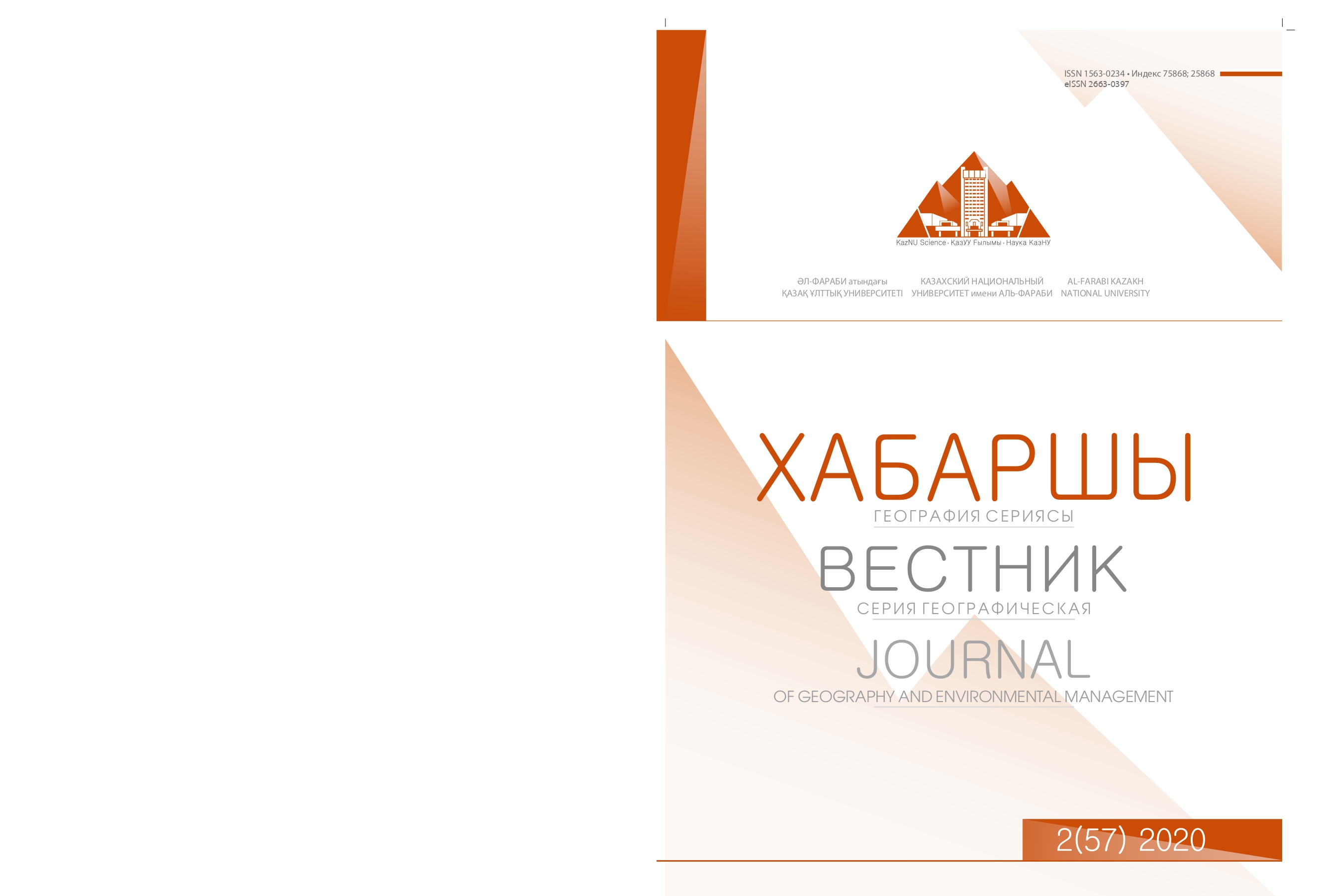Dynamics of concentrations changes of heavy metal group pollutants in surface water of the transboundary Ertis River on the territory of the Republic of Kazakhstan
DOI:
https://doi.org/10.26577//JGEM.2020.v57.i2.05Keywords:
the transboundary Ertis River, water quality, hydrochemistry, heavy metals, complex water pollution index (CWPI), maximum permissible concentrations.Abstract
In recent years, under the influence of economic activity, the basin of the transboundary Ertis River has been polluted, especially in the upper part. The Kazakhstan part of the basin is one of the highly developed industrial regions of Kazakhstan, where large enterprises of ferrous and non-ferrous metallurgy and other industries are concentrated, that negatively affect on water quality. This article presents the dynamics of fluctuations of the concentrations of heavy metals in the transboundary Ertis River in the period of 2000-2016 years. The data of the following hydroposts was selected for the analysis of fluctuation of the heavy metals group pollutants: 1) the Kara Ertis River – Boran village, within the village; 2) the Ertis River – Ust-Kamenogorsk city, 22.2 km below the city; 3) the Ertis River – Predgornoye village, 1 km below the inflow of the r Krasnoyarka River; 4) the Ertis River – Semey city, 0.8 km below the discharge of Gorvodokanal; 5) the Ertis Rriver – Aksu city, 0.8 km below the SDPS; 6) the Ertis River – Pavlodar city, 0.5 km below discharge of Gorvodokanal; 7) the Ertis River – Priirtishskoye village, in the alignment of staff gage. According to the research results, the water quality of the studied object for the selected period corresponds to a “moderate level of pollution”, in some cases, the water quality of the watercourse falls into the class of high pollution level. The main polluting elements exceeding the MPCr standards are copper, total iron, iron2 +, zinc, manganese. The largest excess was recorded in the concentrations of copper, zinc and total iron.



